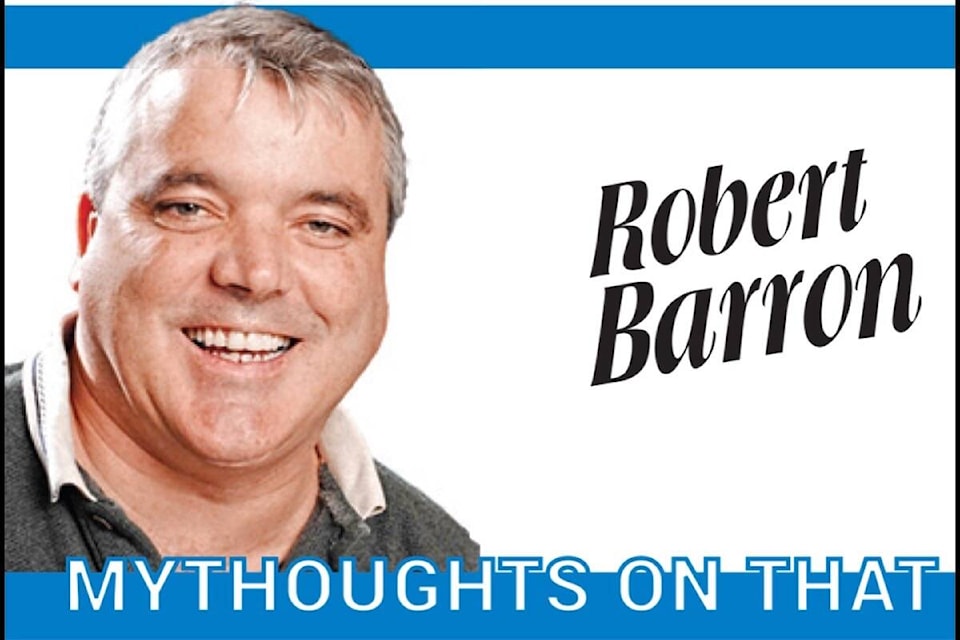The easy practice of taking pictures and then downloading them directly onto my computer from my camera and them attaching them instantly onto a story file I’m working on is something I could only dream about when I first got involved with news reporting.
In the old days, things were not that simple.
Back then, reporters were required to carry a lot of rolls of film and if you ran out, you simply couldn’t take any more pictures, unlike today where you can delete any pictures you don’t want from your picture-memory card and start all over again.
I recall being called to a big fire in the middle of the night at a fish plant, which was a major employer in the area, and I had used all of the film on the three rolls of film I had with me before the fire really got going and began roaring through the fish plant’s roof with flames shooting 30 to 40 feet in the air.
I just stood there helplessly with my useless camera as the best picture opportunities of the whole affair, which was really big news locally, passed me by.
It was frustrating because I knew my editor would be on the phone with me the first thing the next morning to make sure I got the story along with some great shots of the inferno.
But all I had was a whole bunch of pictures of smoke coming out of windows and doors, and none with actual flames.
The only good news was the fire took place in the middle of the night in a remote location and I was the only media there, so no one else actually took pictures of the fire at its height either, and I didn’t have to go through the humiliation of seeing the pictures splashed on the front page of a rival publication.
Another standout from the pre-digital camera era was that every newsroom I worked in had a darkroom to develop film.
Most of those are just storage closets these days, but the darkrooms were an integral part of a newspaper’s operations then, and I spent lots of time in them.
I was taught how to put the film through a series of chemical baths under a red light, and them hang them from racks to dry.
It was a very time-consuming activity that took many hours, and you couldn’t open the door and leave the darkroom during the whole time, as any light other than the red one allowed in the room would ruin the film, so you had to ensure that any bathroom activities were taken care of before you entered or you would have a very unpleasant few hours.
Despite the red light, which provided barley the minimum light to work in the room, it was difficult to see the labels on the bottles of chemicals that were used in the developing process, and I once used them in the wrong order and ruined every picture that was taken by other reporters and myself during the previous week and were to be used in the next publication of our paper that was going to print later the same day.
I had to grab my camera and head out into the community to take pictures of anything I came across that would be entertaining and/or interesting that we could use to fill the places where the original pictures were intended.
So pictures that were taken by our sports reporter of the big local hockey game that was held a few days before were replaced with young kids playing street hockey, and pictures taken of the local MP shaking hands with someone else important was replaced with pictures of an old lady selling pies by the side of the road, and so on…
Needless to say, I wasn’t exactly very popular with my editor (the same one who was asking me about the pictures of the big fire at the fish plant) for a few days.
So I was amazed and relieved when digital cameras became all the rage about 20 years ago and all of these issues disappeared overnight.
Now I can take as many pictures as I want and then just download them into our computer systems in a few minutes without having to contend with all those hours in a darkroom mixing chemicals.
It makes for a more efficient and effective newsroom.
